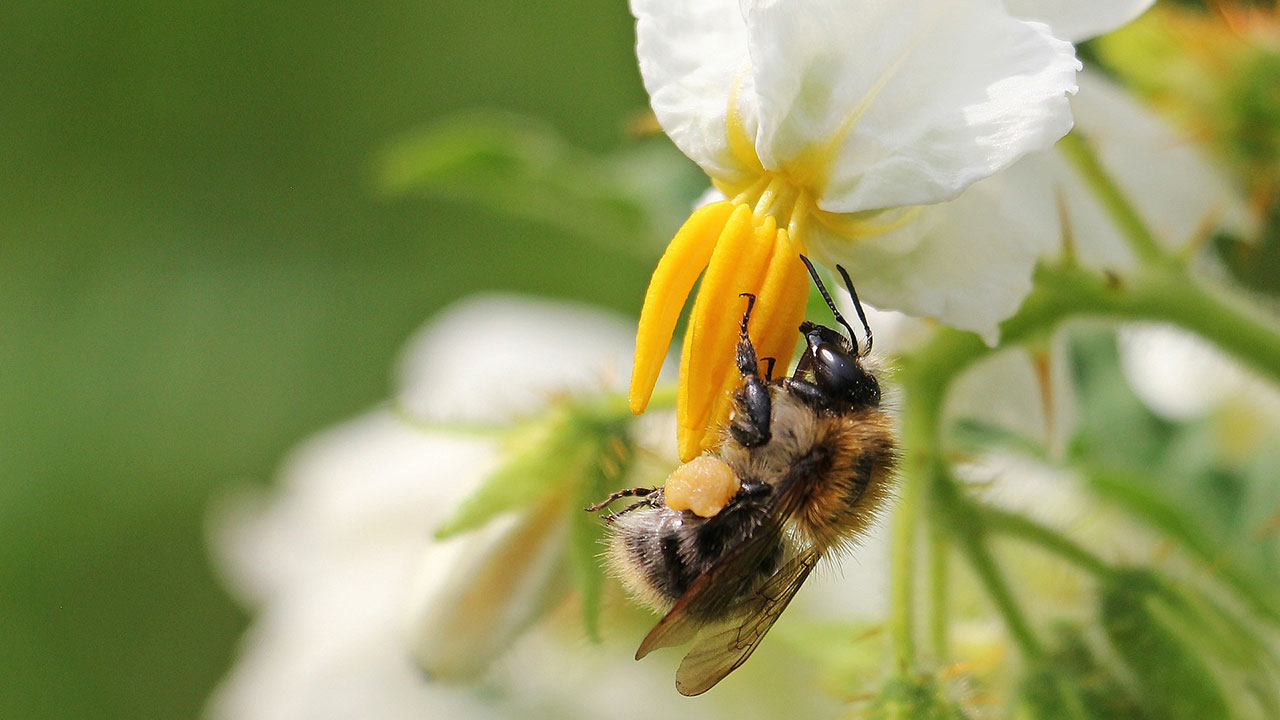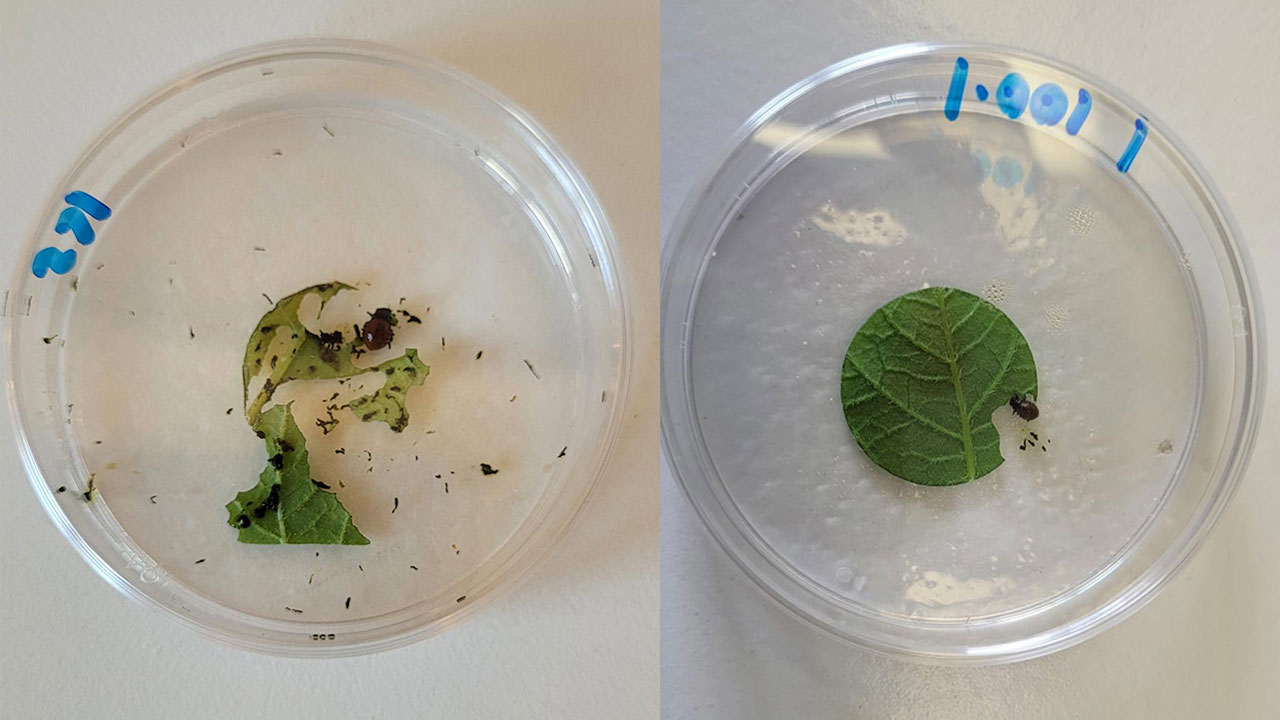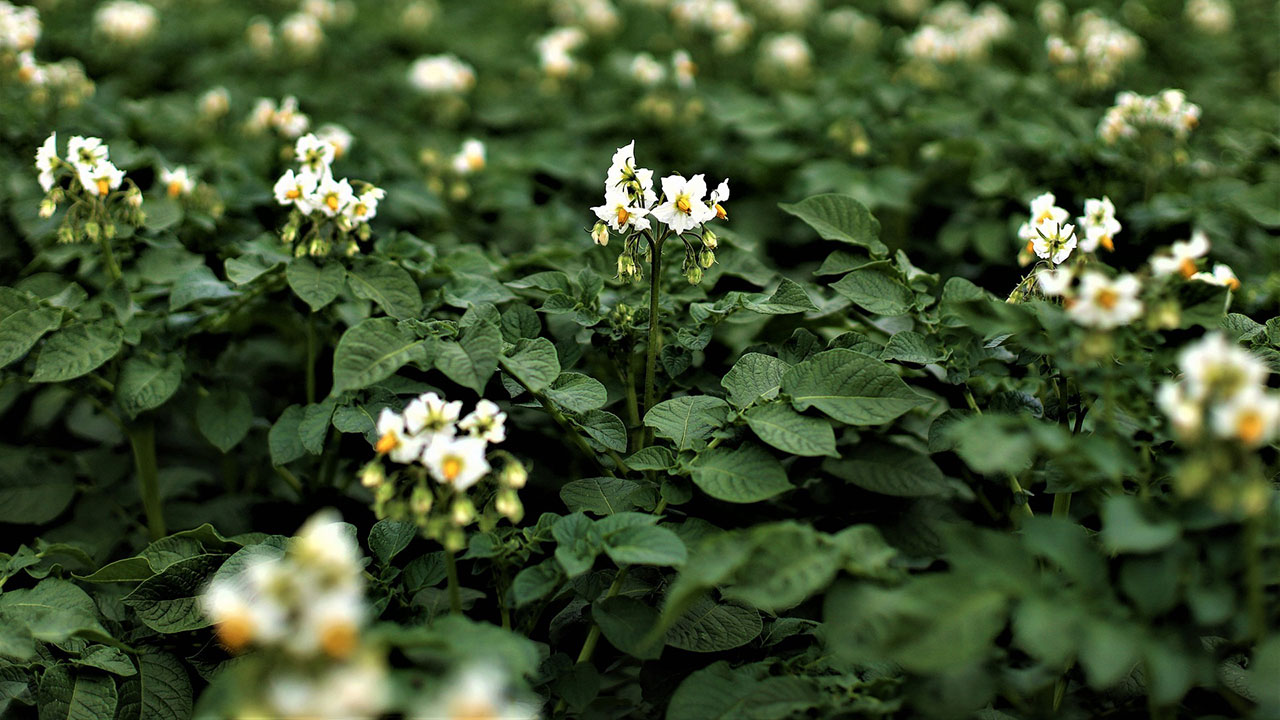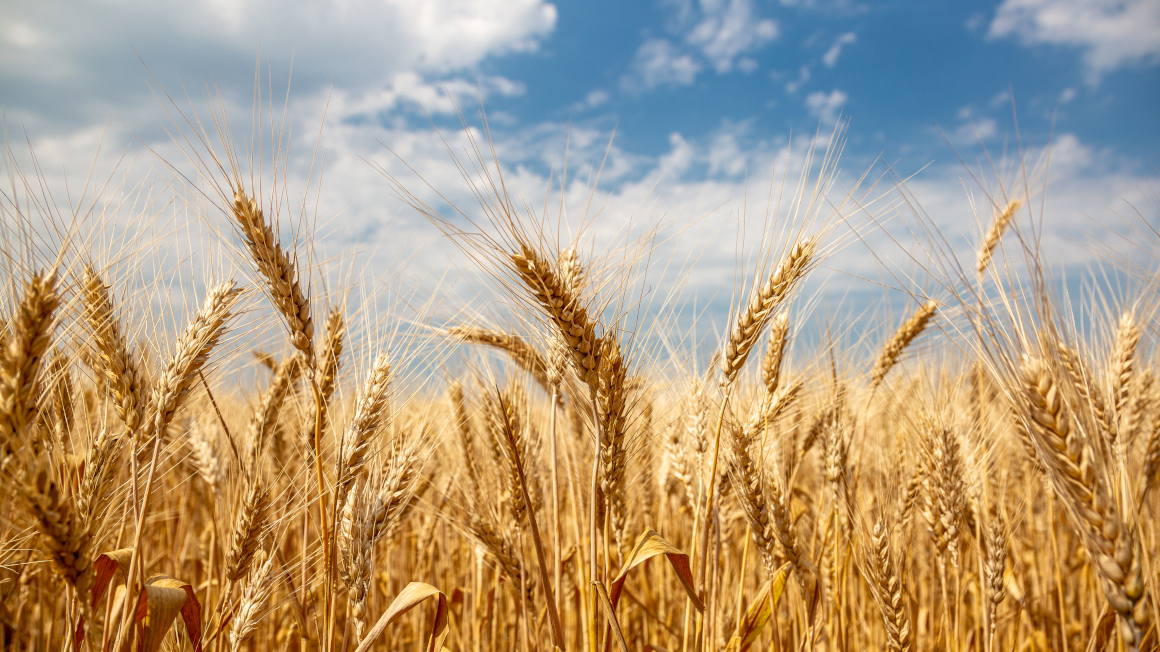
Without pesticides, crop yields worldwide would fall by 20 to 30%, as studies have repeatedly shown. At the same time, many conventional pesticides are regarded as questionable in terms of biodiversity and health. For more than two decades, researchers have actually known of a great solution to overcome these problems: RNA interference. But until now, this approach has been unaffordable.
RNA interference is highly specific
‘RNA is a wonderful agent because RNA is highly specific, completely non-toxic and biodegradable,’ explains Georg Schaumann, coordinator of the RNAferm project and co-founder of the company SenseUp. ‘RNA also has nothing to do with genetic modification; it does not interfere with the genome at all.’
At the end of the 1990s, researchers discovered a special property of double-stranded RNA (dsRNA): it can prevent a gene corresponding to its sequence from producing its product - usually a protein. Experts also refer to this as RNA-induced silencing. The first therapeutic agent to utilise this effect came onto the market in 2018.
Race between pesticide research and pests
RNA interference would also be very exciting in agriculture, as Schaumann explains: ‘dsRNA is ideal as a biopesticide if you want to spray a field against the Colorado potato beetle - or any other pest. Then you only kill the potato beetle and not the ladybird, the bee, a worm or whatever else is out there.’ This is because the RNA used can be tailored precisely to a vital gene of a specific insect. This means that the RNA also blocks its metabolism, but is completely ineffective on any other insect species. ‘No pesticide on the market is so specific,’ says the project leader.
In addition, many insects develop resistance to insecticides, and the potato beetle is particularly good at this. This is why manufacturers are constantly developing new active ingredients. ‘It's a constant race, but mankind is currently lagging behind,’ says Schaumann. Farmers are therefore hoping for completely new insecticides to take the lead again. RNA would probably be one such agent.
RNA has so far been extremely expensive and is unstable
So why is there still no RNA-based product for agriculture? ‘The usual way to produce RNA is in vitro transcription,’ explains Schaumann, a process in which highly pure enzymes and chemicals react with each other in a test tube, so to speak. The cost of ten grams of RNA is 10,000 US dollars. And this could protect just one hectare from pests.

This problem was already evident during the coronavirus pandemic. ‘Producing a few kilos of vaccine was a global challenge,’ recalls the biotechnologist, ’but in agriculture we need tonnes of RNA.’ And then there is a second problem: RNA is extremely unstable. ‘If you just store it, transport it or spray it on the field, it's gone faster than you can look,’ jokes Schaumann. It's very well for him to laugh, because the project team has overcome both problems. The company benefited from BMBF funding as part of the KMU-innovativ programme.
Biosensor-based natural evolution as a solution
Schaumann himself developed a special process together with a colleague during his doctorate: biosensor-based natural evolution. All evolution is based on the fact that there is a natural mutation rate. Every now and then, a mistake creeps in somewhere in the genetic code during cell division. This changes the genes, sometimes those for enzymes or important structural proteins. The enzyme or protein is then often defective, no longer fulfils its function and the cell has a problem. Very rarely, however, the change can be beneficial and offer the cell an advantage - for example, if the protein works faster as a result and the cell can therefore absorb more nutrients, or if a protein that is harmful under certain conditions becomes inactive as a result of the mutation.
Project data
- Title: Fermentative RNA production (RNAferm)
- Project partner: SenseUp, Bielefeld University
- Duration: 1 April 2021 to 31 March 2024
- Funding: approx. 1.35 million euros from the Federal Ministry of Education and Research
‘However, this is extremely rare, and you can't wait to find a cell that suddenly produces more RNA by chance,’ says Schaumann. Instead, he has built biosensors into the cells, molecules that ensure that the more RNA a cell produces, the more fluorescent it becomes. Using flow-through cell sorting, up to 50,000 cells per second can be analysed for their size, the degree of fluorescence and their surface properties. ‘This allows us to analyse 100 million cells in one day and sort out the few cells that have particularly high fluorescence because they produce more RNA,’ explains the researcher. These cells are then multiplied and the game starts all over again. Without genetic intervention, the cells become more productive with each cycle. The end of the story: thanks to the research project, SenseUp is now able to produce one gram of RNA for just 30 cents instead of 1000 euros.
Most productive strains in the world produced
‘Our strains are more productive than anything else in the world,’ emphasises the project leader. These strains are the bacterium Corynebacterium glutamicum, an organism that has been used on an industrial scale for many years and is considered absolutely harmless to health, similar to yeast. ‘That's absolutely important if you want to spray these things on the field later,’ says Schaumann.

In addition to the price, another hurdle is probably the main reason why the company is now in demand worldwide: recombination. This is also a natural process in which DNA sequences that are very similar can be recombined. ‘It's part of evolution that a gene sometimes jumps in somewhere else or recombines,’ says Schaumann. ‘But we produce billions of cells, and if a mutation occurs somewhere and the RNA no longer looks as it should, then the product is completely ineffective.’ Together with all those involved in the project, a great deal of expertise was channelled into this issue. In the end, a now patented process was developed that completely prevents any recombination of the relevant sequences.
Bacterial envelope as a protective coating for the RNA
Nevertheless, the question of the stability of the RNA remained in the field. Here, the team once again focussed on Corynebacterium glutamicum. ‘We use the bacterium's envelope as a stabilising encapsulation for the RNA,’ reports Schaumann. Because the natural soil bacterium is so harmless and has been used safely in animal feed for decades, the envelope can simply be released into the environment. The envelope in turn withstands high temperatures and UV radiation, is very pH-stable and is also not easily decomposed by other enzymes. ‘We knew that Corynebacterium is robust, but we were pleasantly surprised by how robust it is,’ says the project leader happily. This is because both problems that previously prevented RNA from being used as a crop protection agent have now been eliminated.
SenseUp is now in talks with the five largest pesticide manufacturers worldwide. Some are already testing the product in their own greenhouses to see whether it has the desired effect. SenseUp itself is preparing to be able to serve corresponding co-operations in the future. The path from research to practice is almost complete.
Author: Björn Lohmann


